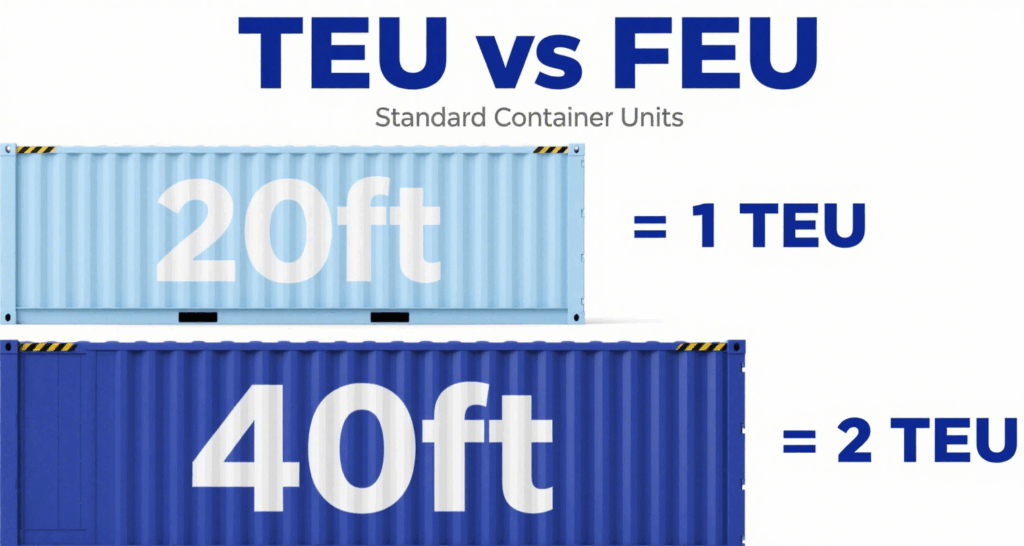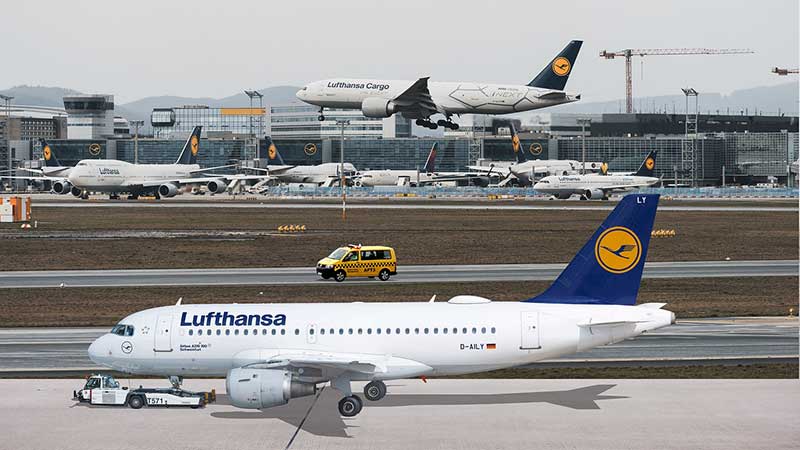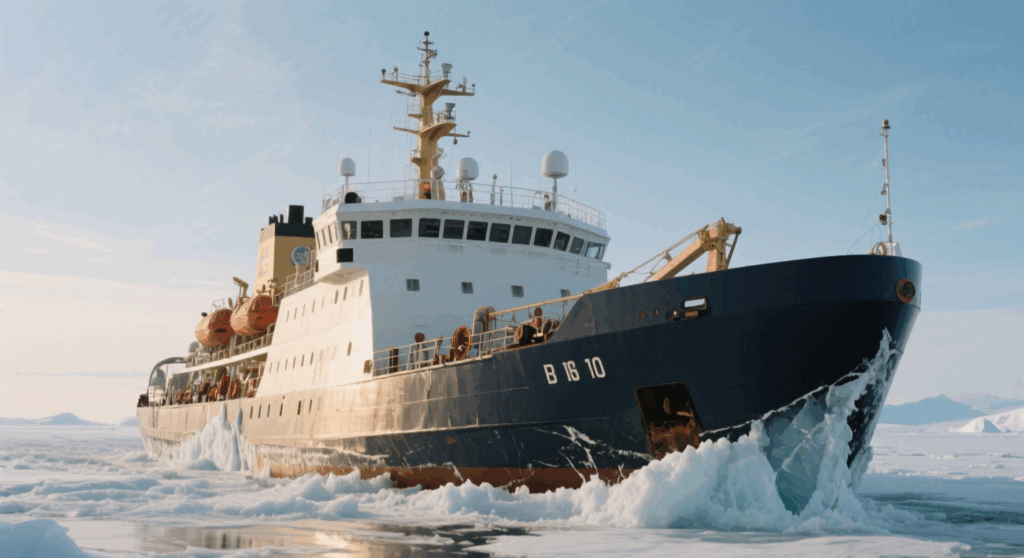- By Della tj
- October 17, 2025
- Rail Freight, Shipping
As global trade grows, reliable rail freight from China to Netherlands has become the preferred solution for businesses seeking a balance between cost, speed, and sustainability. This service ensures faster delivery than sea freight and lower costs than air freight, making it ideal for stable supply chains and consistent logistics schedules.
Why Choose Reliable Rail Freight from China to Netherlands?
Businesses increasingly depend on rail freight due to its reliability, eco-efficiency, and time savings. Compared with sea or air transport, rail freight provides a consistent schedule and fewer delays caused by weather or port congestion.
Moreover, rail freight from China to the Netherlands offers a strong combination of affordability and reliability. Goods reach key Dutch logistics hubs like Rotterdam or Tilburg in just 14–18 days — a major advantage for companies needing a predictable delivery schedule.
Key Benefits:
- Lower costs compared to air freight
- Faster than sea transport
- Environmentally friendly logistics option
- Reliable transit times year-round
What Are the Main Rail Routes from China to the Netherlands?
The China–Europe rail network connects over 60 Chinese cities with major European destinations. The most common routes for rail freight from China to Netherlands include:
| Origin (China) | Destination (Netherlands) | Transit Time (Days) | Main Route |
|---|---|---|---|
| Chongqing | Rotterdam | 16–18 | via Poland and Germany |
| Xi’an | Tilburg | 14–16 | through Kazakhstan, Belarus, Poland |
| Chengdu | Amsterdam | 15–17 | through Russia, Belarus, Poland |
| Wuhan | Rotterdam | 17–19 | through Russia and Germany |
These routes are supported by advanced logistics hubs that simplify customs clearance and guarantee smoother cargo movement across multiple borders.
How Long Does Rail Freight Take Compared to Other Transport Modes?
Transit time is one of the most attractive aspects of choosing rail freight. Below is a comparison:
| Transport Mode | Average Transit Time (Days) | Cost Level | Reliability |
|---|---|---|---|
| Air Freight | 5–8 | $$$ | High |
| Rail Freight | 14–18 | $$ | Very High |
| Sea Freight | 30–40 | $ | Moderate |
In addition, rail freight to the Netherlands ensures stable service regardless of seasonal demand peaks. It is especially beneficial for medium-sized shipments that require faster delivery but at reasonable shipping costs.
What Are the Shipping Costs and Container Options?
Although pricing varies by route, volume, and commodity, the following estimates apply to rail freight from China to Netherlands:
| Container Type | Weight (Max) | Estimated Cost (USD) | Average Transit Time |
|---|---|---|---|
| 20ft Container | 21 tons | $3,500–$4,500 | 15–18 days |
| 40ft Container | 26 tons | $6,000–$7,200 | 14–17 days |
| LCL (Consolidated) | Per CBM | $80–$120/CBM | 16–20 days |
Compared to air freight, these costs are up to 60% cheaper, while still maintaining predictable delivery times and minimal handling risks.

What Documents Are Required for Rail Freight to the Netherlands?
To ensure smooth customs clearance, you must prepare accurate documentation. The required list includes:
| Document Type | Purpose |
|---|---|
| Bill of Lading (Rail Waybill) | Confirms cargo ownership |
| Commercial Invoice | Declares shipment value |
| Packing List | Describes cargo details |
| Customs Declaration | Required for export/import |
| Certificate of Origin | Verifies product source |
| Insurance Certificate | Covers freight risk |
Accurate documentation reduces clearance delays, avoiding penalties and ensuring faster delivery schedules.
Case Studies: Successful Rail Freight from China to Netherlands
Case 1: Electronics Shipment (Chongqing → Tilburg)
Cargo: Consumer electronics (15 tons)
Container Type: 40ft FCL
Cost: $6,500
Transit Time: 16 days
Mode: Regular rail service via Kazakhstan and Poland
Result: Saved 20 days compared to sea transport, reduced cost by 45% versus air freight.
Case 1: Electronics Shipment (Chongqing → Tilburg)
Cargo: Consumer electronics (15 tons)
Container Type: 40ft FCL
Cost: $6,500
Transit Time: 16 days
Mode: Regular rail service via Kazakhstan and Poland
Result: Saved 20 days compared to sea transport, reduced cost by 45% versus air freight.
How Does Rail Freight Support Supply Chain Efficiency?
Reliability and visibility are essential for supply chain optimization. Modern rail freight systems use digital tracking, smart logistics platforms, and real-time GPS updates.
Additionally, multimodal integration allows smooth transitions from rail to truck delivery within the Netherlands, ensuring door-to-door efficiency. This model strengthens your import/export operations, supporting just-in-time manufacturing and retail distribution.
Supply Chain Advantages:
- Predictable delivery schedules
- Lower carbon emissions
- Reduced warehouse storage costs
- Simplified logistics management
Rail Freight vs. Sea and Air Freight: Which Is Better?
| Factor | Rail Freight | Sea Freight | Air Freight |
|---|---|---|---|
| Transit Time | 14–18 days | 30–40 days | 5–8 days |
| Cost Efficiency | $$ | $ | $$$ |
| Environmental Impact | Low | Moderate | High |
| Reliability | High | Medium | High |
| Ideal For | Medium-value goods | Bulk cargo | Urgent goods |
Ultimately, rail freight from China to Netherlands strikes the best balance of cost and time. For businesses seeking sustainable, mid-speed delivery, it remains the most practical logistics option.
Conclusion
In summary, reliable rail freight from China to Netherlands combines affordability, sustainability, and consistency. With predictable transit times and advanced logistics technology, it strengthens your supply chain while cutting costs.
Partner with an experienced logistics provider today to ensure your goods move efficiently through Europe’s most strategic rail corridors.
- Consult TJ China Freight Forwarding for the lowest quote. They will provide you with reliable, cost-effective service.
FAQs
Q1.How long does rail freight take from China to Netherlands?
Transit usually takes 14–18 days, depending on the departure city, route, and customs clearance efficiency.
Q2.Is rail freight cheaper than air freight?
Yes, rail freight from China to Netherlands can cut shipping costs by up to 60% compared to air transport.
Q3.Can I ship small cargo by rail?
Absolutely. LCL (Less-than-Container Load) rail services allow small shipments at competitive per-CBM rates.
Q4.What items are suitable for rail transport?
Ideal items include electronics, furniture, textiles, auto parts, and machinery, as they balance weight, volume, and delivery needs.
Q5.How reliable is the China–Netherlands rail route?
It’s highly reliable, with stable weekly departures and minimal weather-related delays, unlike sea or air freight.




